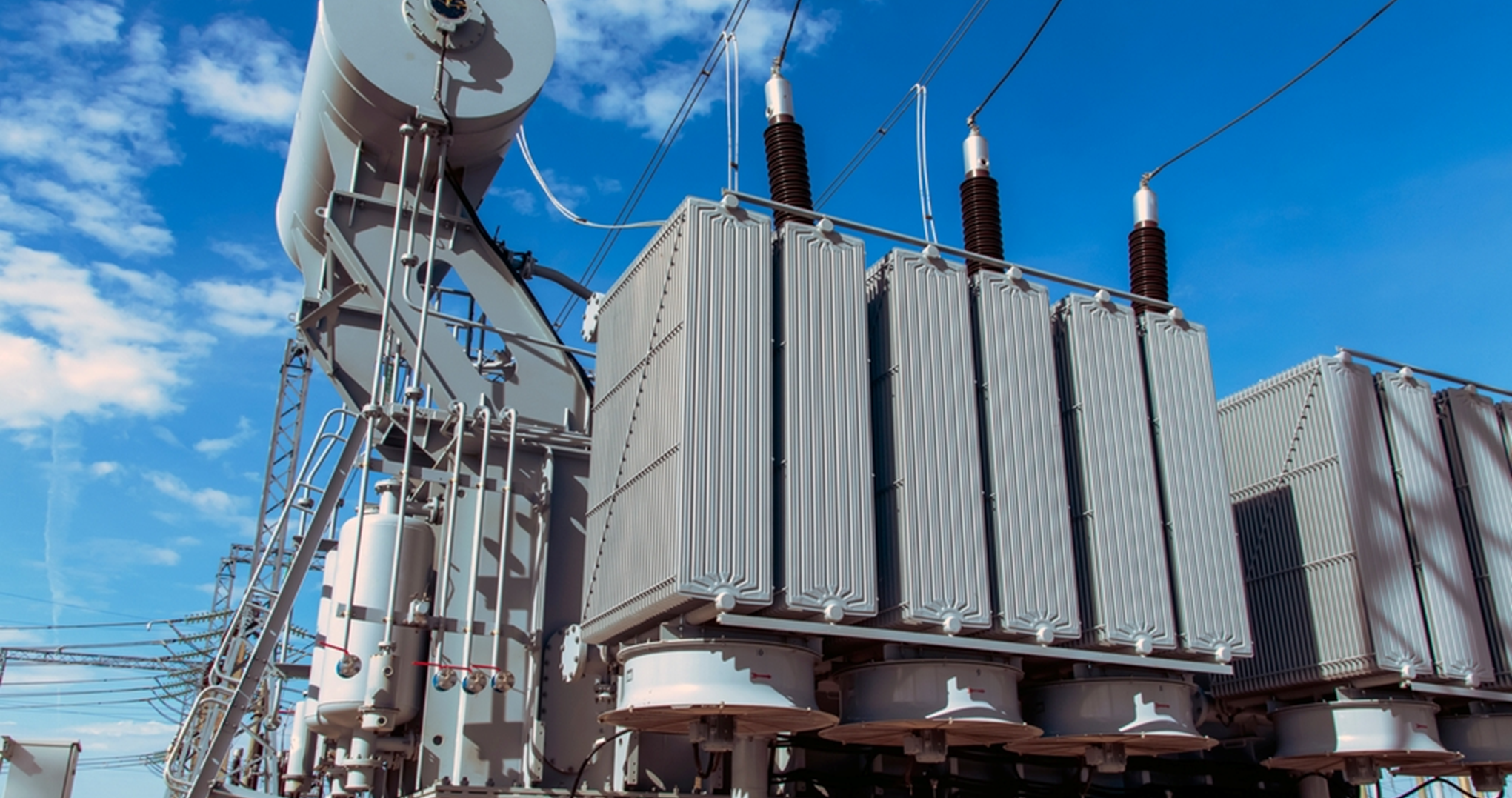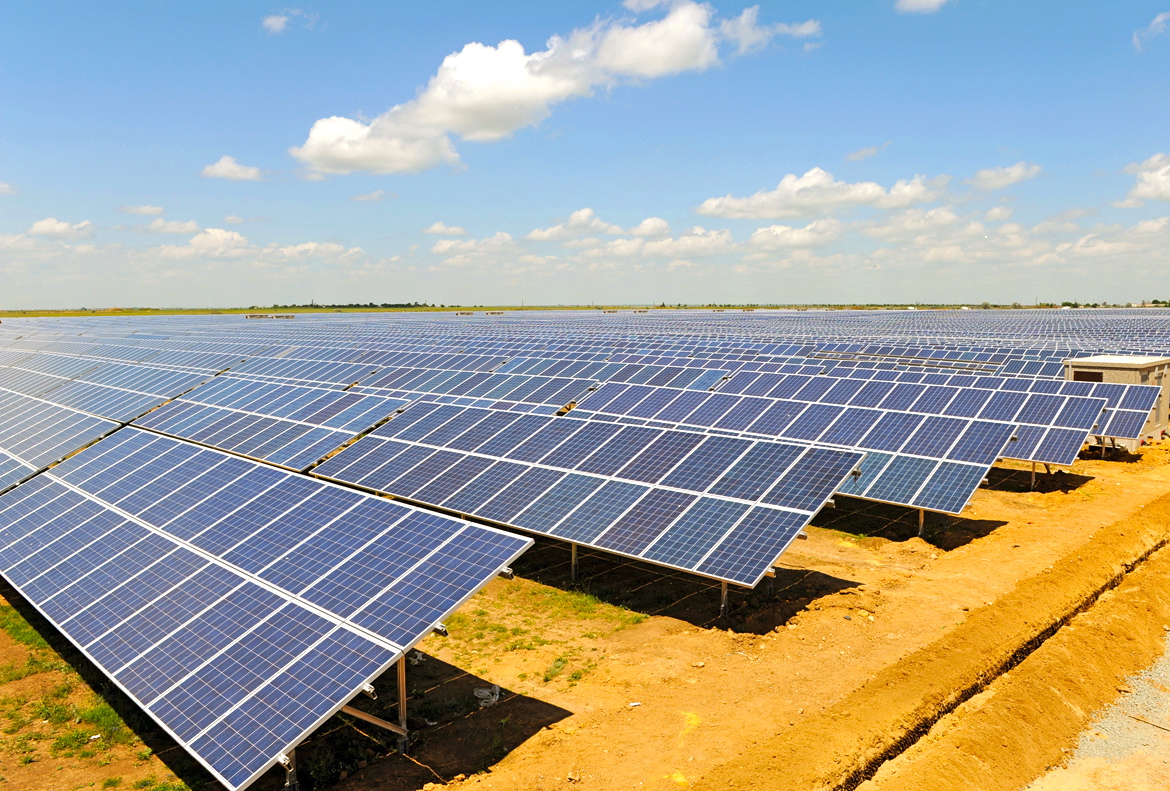FOURTH PARTNER ENERGY
Streamlining Solar Implementation: A Case Study of State-Wise Guidebook Preparation and Holistic Policy Tracker for Net Metering and Captive Solar Projects
In recent years, India has made significant strides in the deployment of solar energy projects. However, the implementation of solar projects in India has been complex and challenging due to varying state policies and regulatory frameworks. To address this issue, eninrac developed a comprehensive guidebook to outline the procedures, approvals, and charges applicable at each state and discom level for the leading Renewable Energy Solutions Company, catering to Commercial & Industrial businesses for both Ground Mounted & Rooftop Solar Projects.
What was the study about?
Examining the open access market potential for commercial & industrial consumers in India
The client wishes to have a detailed dossier in a manual cum guidebook format for the business cases for net metering and captive models comprising of state wise and distribution company (DISCOM) wise required processes, approvals, set of documents required, feasibility conditions track basis contracted demand and sanctioned load of consumers, the transformation capacity, along with a detailed map of applicable policies and regulation for establishing/expanding rooftop solar (RTS) project. Also, a detailed interactive excel based DISCOM charges model to assess the wheeling charges, additional surcharges, etc., and losses along with a manual to develop a holistic understanding of each DISCOM and state for seamless operations.
Focus areas of the study
The objective of the study was to contrive a detailed dossier for 21 states factoring a list of approvals, procedures, challenges, and associated timelines with net metering/captive business mode.
The client wishes to have a state and DISCOM wise deck developed in order to understand all the intermittent processes and involved timelines thereof for business case feasibility of net metering and captive modes factoring both CAPEX and OPEX models for the states of Karnataka, Goa, Maharashtra, Haryana, Gujarat, Andhra Pradesh, Telangana, Punjab, Tamil Nadu, Chhattisgarh, Jharkhand, Madhya Pradesh, Uttar Pradesh, Odisha, Kerala, Himachal Pradesh, Delhi, Rajasthan, Bihar, West Bengal & Assam
Eninrac’s approach for the study
To cater to the client’s requirements, the study was broadly classified into four phases
The scope was broadly classified under four phases
- Phase I: Solar rooftop business model wise custom research study and updates for Northern Region factoring states Haryana, Punjab, Himachal Pradesh, Delhi, Rajasthan & Uttar Pradesh
- Phase II: Solar rooftop business model wise custom research study and updates for Western Region factoring states Gujarat, Goa, Maharashtra, Chhattisgarh and Madhya Pradesh
- Phase III: Solar rooftop business model wise custom research study and updates for Southern Region factoring states Karnataka, Andhra Pradesh, Telangana, Tamil Nadu and Kerala
- Phase IV: Solar rooftop business model wise custom research study and updates for Eastern & North-Eastern Region factoring states Jharkhand, Odisha, Bihar, West Bengal and Assam
All the above phases are further divided into subcategories which shall include the following:
- Detailed dossier factoring list of approvals, procedures, challenges, and associated timelines with net metering/captive business mode
- Detailed dossier in a reference manual format for all charges applicable in distributed segment backed by comprehensive interactive Excel sheets applicable for net metering/captive business mode (CAPEX, OPEX model both)
- A comprehensive summary of potential savings in INR/kWh applicable for different policies and at each DISCOM level w.r.t. states shall be compiled in an interactive Excel format and a final deck shall also be prepared for net metering/captive business case
- A comprehensive and consolidated map of all applicable policies and regulations pertaining to consumers’ capacity and respective DISCOMs shall be tracked in an interactive Excel sheet & will be transformed into an informative dossier
- Frequency based updates for changes in calculation sheets, regulatory & policy trackers, DISCOMs applicable charges tracker, and approval & clearances track along with comprehensive timeline updates if any
Eninrac’s key findings
Examining Net Metering Policies Across Different States in India – Eninrac’s Key Findings
- Allowed system size as per net metering regulations: In most of the states the permissible system size of net metering ranges between 1 kW and 1 MW. 20 states have set minimum system size at 1 kW. However, some states like West Bengal and Chhattisgarh have set the maximum requirement at 5 kW and 500 kW, respectively. Jharkhand, Karnataka & Uttar Pradesh are the states that allows net metering connectivity of up to 2 MW.
- Sanctioned Load: Regarding the sanctioned load limitations, in most states, the net metering system's capacity is limited to 100% of the sanctioned load. However, a few states limit the system's capacity to below 100%. Notably, Andhra Pradesh has restricted the system size to 80% of the sanctioned load. In contrast, Chhattisgarh allows systems with a capacity exceeding 100% of the sanctioned load.
- Limitations on Transformer Capacity: Around 50% of the states permit solar power integration into the grid up to 50% of the transformer capacity on a first-come-first-serve basis. However, Jharkhand and Tamil Nadu are the exceptions, as they allow an additional integration of 100% and 90%, respectively, of the transformer capacity.
- Voltage Connectivity: In most states, consumers with single-phase low tension (LT) connections are allowed connectivity of up to 5 kW, whereas those with three-phase LT connections can avail of connectivity up to 100 kW in most states. The voltage connectivity is as per applicable Grid Code for the state.
- Balancing Solar Generation and Consumption: Examining Export of Excess Electricity: Net metering policies also restrict the export of excess electricity with respect to consumption for grid integration. In 11 states, the capacity exported is capped at the capacity consumed (100%), without any compensation for surplus power. However, Chhattisgarh is an exception in this regard as it limits the export with respect to generation. Consumers can only export up to 49% of the total electricity generated from the system.
Do you want to seek Eninrac assistance in helping you resolve some critical business issues? Engage with us and reach out to our experts by using the Request for Proposal (RFP) form.
BEST VISION IS INSIGHT
Combine market knowledge and your skill to contribute value for end consumers

Transformer Sales Surge: ₹75,000 Crore Opportunity Ahead

Solar Parks Development Status in India

EU Solar Market 2024: Utility- Scale Resilience Amidst A Slumping Rooftop
Get started with
EI Market personalised demo
Complete the form to get in touch with our sales team to see our Visionboard platform in action. We'll show you how you can use eninrac to build a culture of action of consistently hunting down and eliminating poor market research expriences across your companies line of business


